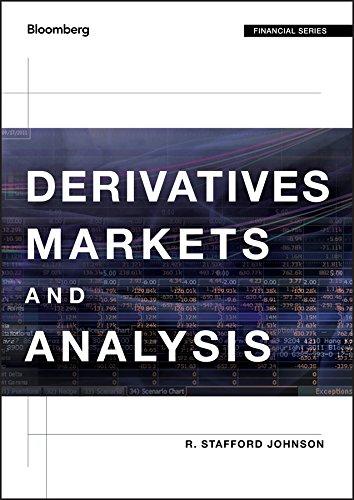Using the historical volatility and mean you calculated in Exercise 4, select an option on the stock
Question:
Using the historical volatility and mean you calculated in Exercise 4, select an option on the stock and determine its equilibrium price using the BOPM Excel program. See Exercise 1 for finding input information from Bloomberg screens.
Exercise 1.
Using Bloomberg information, estimate the equilibrium price on a call and put option on a selected stock using the BOPM Excel program. Bloomberg option input information:
a. Stock price: DES or GP screen.
b. Option exercise price: Option's DES, OMON, or Call screen or OSA.
c. Option exercise price and expiration: Option's DES, OMON, or Call screen or OSA. Input days to expiration.
d. Risk-free rate: FIT screen; "Treasury" tab. Select Treasury with maturity closest to the option's expiration.
e. Volatility: HVG screen. Select historical volatility or implied volatility.
f. Annual dividend yield: BDVD screen.
Use the BOPM Excel program and evaluate the option price for \(n=30\) subperiods. The Excel program can be downloaded from the text's website. How close does the model's option price come to the market price? Experiment with different volatilities until you find one that gives you a binomial option value that is close to the market price.
Exercise 4.
Download Bloomberg stock price data from a selected stock's GP screen (right-click your mouse in the graph area; click "Send Data to Clipboard" to download data to Excel). In Excel:
a. Calculate columns for stock price relatives \(\left(S_{t} / S_{t-1}\right)\) and logarithmic returns \(\left(\ln \left(S_{t} / S_{t-1}\right)\right)\).
b. Use Excel Average and Variance functions to calculate the historical mean and variance.
c. Annualize the historical mean and variance.
d. Determine the annualized standard deviation.
Compare your historical annualized standard deviation to those calculated in HVG.
Step by Step Answer:





